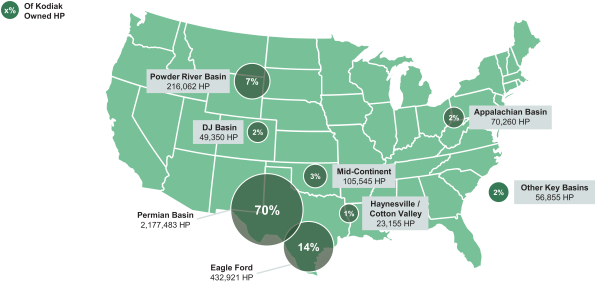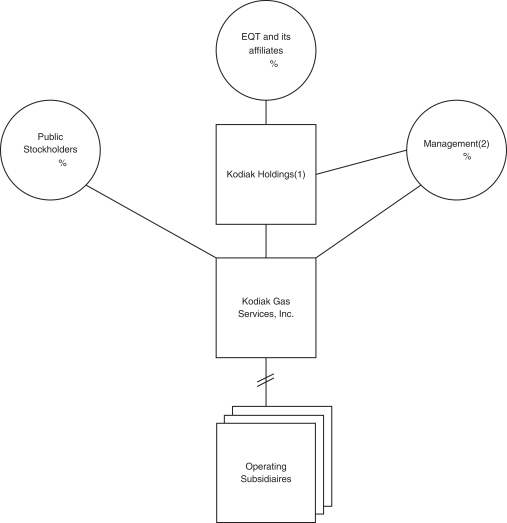Events outside of our control, including an epidemic or outbreak of an infectious disease or the threat thereof, could have a material adverse effect on our business, liquidity, financial condition, results of operations, cash flows and ability to pay dividends on our common stock.
We face risks related to pandemics, epidemics, outbreaks or other public health events, or the threat thereof, that are outside of our control, and could significantly disrupt our business and operational plans and adversely affect our liquidity, financial condition, results of operations, cash flows and ability to pay dividends on our common stock. The COVID-19 pandemic has adversely affected the global economy and has resulted in unprecedented governmental actions in the United States and countries around the world, including, among other things, social distancing guidelines, travel restrictions and stay-at-home orders, among other actions, which caused a significant decrease in activity in the global economy and the demand for oil, and to a lesser extent, natural gas.
The nature, scale and scope of the above-described events, combined with the uncertain duration and extent of governmental actions, prevent us from identifying all potential risks to our business.
Inflation may adversely affect us by increasing costs beyond what we can recover through price increases and limit our ability to enter into future traditional debt financing.
Inflation has adversely affected us by increasing costs of critical components, equipment, labor and other services we may rely on, and continued inflationary pressures could prevent us from operating at capacity, decreasing our revenues or having an adverse effect on our profitability. In addition, inflation is often accompanied by higher interest rates. Such higher interest rates may affect our ability to enter into future traditional debt financing, as high inflation may result in an increase in cost to borrow.
Although inflation in the United States had been relatively low for many years, there was a significant increase in inflation beginning in the second half of 2021, which has continued into 2022, due to a substantial increase in the money supply, a stimulation focused fiscal policy, a significant rebound in consumer demand as COVID-19 restrictions were relaxed, the Russian-Ukrainian conflict and worldwide supply chain disruptions resulting from the economic contraction caused by COVID-19 and lockdowns followed by a rapid recovery. Between June 2021 and December 2022, the Consumer Price Index for all urban consumers (a widely used measure of inflation) rose 10.5%, and the Producer Price Index for Industrial Commodities rose 12.2%.
A deterioration in general economic, business, geopolitical or industry conditions could materially adversely affect our results of operations, financial condition and cash flows.
Concerns over global economic conditions, energy costs, geopolitical issues, including the conflict between Russia and Ukraine, the impacts of the COVID-19 pandemic, inflation, the availability and cost of credit and slow economic growth in the United States have contributed to general economic uncertainty and diminished expectations for the global economy. Additionally, acts of protest and civil unrest have caused economic and political disruption in the United States. Meanwhile, continued hostilities in Europe and the Middle East and the occurrence or threat of terrorist attacks in the United States or other countries could adversely affect the economies of the United States and other countries. If the economic climate in the United States or abroad deteriorates, worldwide demand for energy could destabilize, which could materially adversely affect our and our customers’ operations, financial condition and cash flows.
Our ability to use NOLs to offset future income may be limited.
Our ability to use any NOLs generated by us could be substantially limited if we were to experience an “ownership change” as defined under Section 382 of the Code. In general, an “ownership change” would occur if our “5-percent stockholders,” as defined under Section 382 of the Code, including certain groups of persons treated as “5-percent stockholders,” collectively increased their ownership in us by more than 50 percentage points over a rolling three-year period. An ownership change can occur as a result of a public offering of our
43



